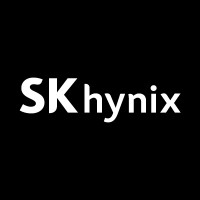
SK hynix
Semiconductors are essential to all IT products, and its performance often determines the performance of the final products. SK hynix is a global leader in producing semiconductor, such as DRAM, NAND Flash. With these technology driven semiconductor products, SK hynix consistently led the industry and is now the second largest memory chip maker. IT devices become more pervasive as new imaginative and innovative IT products continue to grab imagination and desires of consumers. SK hynix has enhanced its competency with the best level of technology and a wide range of business portfolios in order to satisfy all those demand from customers. As a member of SK Group*, SK hynix is aiming at becoming the world’s best semiconductor company. *SK Group is one of South Korea's top three industrial conglomerates. It has about 198 affiliated companies, ranging from energy, telecommunications, finance, and construction.






